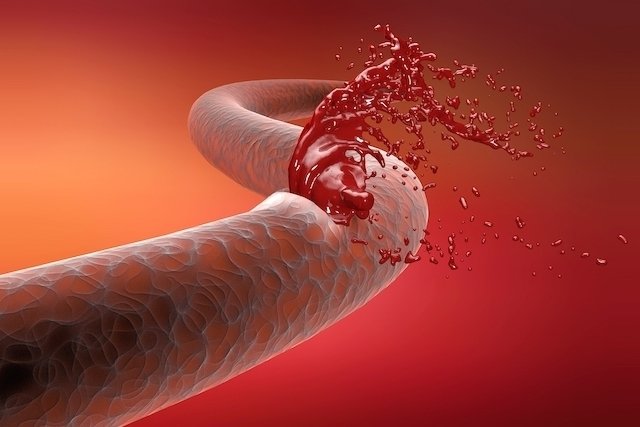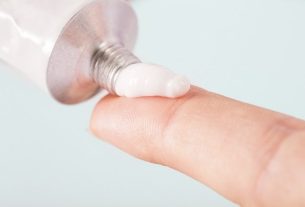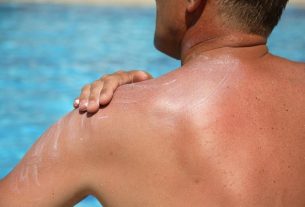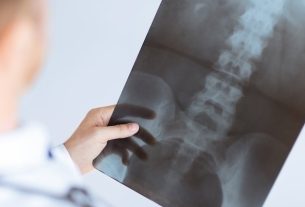In the case of external bleeding, it is important to avoid excessive blood flow and, to this end, it is recommended to use a tourniquet or tourniquet and, when this is not possible, place a clean cloth over the injury and apply pressure until medical assistance is provided. arrive at the location.
In the case of internal bleeding, it is important that first aid is provided quickly to avoid worsening the person’s clinical condition.
Bleeding can be caused by several factors that must be identified later, but it is vital that it is controlled to ensure the victim’s immediate well-being until professional emergency medical help arrives.

First aid for hemorrhage
The first thing to do is check the type of bleeding, whether internal or external, and then start first aid. Learn how to identify each type of bleeding.
1. Internal bleeding
In the case of internal bleeding, where blood is not visible, but there are some suggestive symptoms, such as thirst, a progressively faster and weaker pulse and changes in consciousness, it is recommended:
- Check the person’s state of consciousness, calm them down and keep them awake;
- Unfasten the person’s clothing;
- Leave the victim warm, as it is normal for internal bleeding to feel cold and tremble;
- Place the person in a lateral safety position.
After these actions, it is recommended to call medical assistance and remain by the person’s side until they are helped. Furthermore, it is recommended not to give food or drinks to the victim, as they may choke or vomit, for example.
2. External bleeding
In these cases, it is important to identify the site of the bleeding, put on gloves, call medical assistance and begin the first aid procedure:
- Lay the person down and place a sterile compress or a washed cloth on the bleeding site, applying pressure;
- If the cloth becomes very full of blood, it is recommended that more cloths be placed and not remove the first ones;
- Apply pressure to the wound for at least 10 minutes.
It is also recommended that a tourniquet be performed, which aims to reduce the blood flow to the wound region, reducing bleeding. The tourniquet can be made of rubber or made improvised with a cloth, for example, and must be tied a few centimeters above the injury.
Furthermore, if the injury is located on the arm or leg, it is recommended to keep the limb elevated to reduce blood flow. If it is located in the abdomen and it is not possible to perform a tourniquet, it is recommended to place a clean cloth on the lesion and apply pressure.
It is important not to remove the object that may be embedded in the bleeding site, and it is not recommended to wash the wound or give the person something to eat or drink.

Sign up for our newsletter and stay up to date with exclusive news
that can transform your routine!
Warning: Undefined array key "title" in /home/storelat/public_html/wp-content/plugins/link-whisper-premium/templates/frontend/related-posts.php on line 12
Warning: Undefined array key "title_tag" in /home/storelat/public_html/wp-content/plugins/link-whisper-premium/templates/frontend/related-posts.php on line 13



